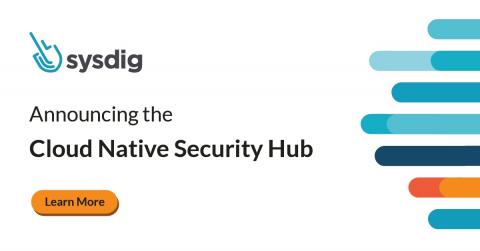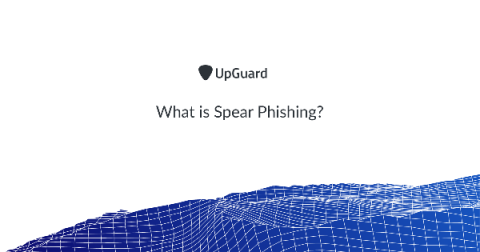NIST CSF Categories and Framework Tiers
NIST CSF stands for the National Institute of Standards and Technology Cybersecurity Framework. The NIST CSF consists of best practices, standards, and guidelines to manage cybersecurity program risk. This voluntary framework is divided into three primary parts: the framework core, profiles, and tiers. The NIST CSF core comprises five functions, where each function are further broken down into categories and subcategories. There are currently 23 categories and 108 subcategories in the NIST CSF.










